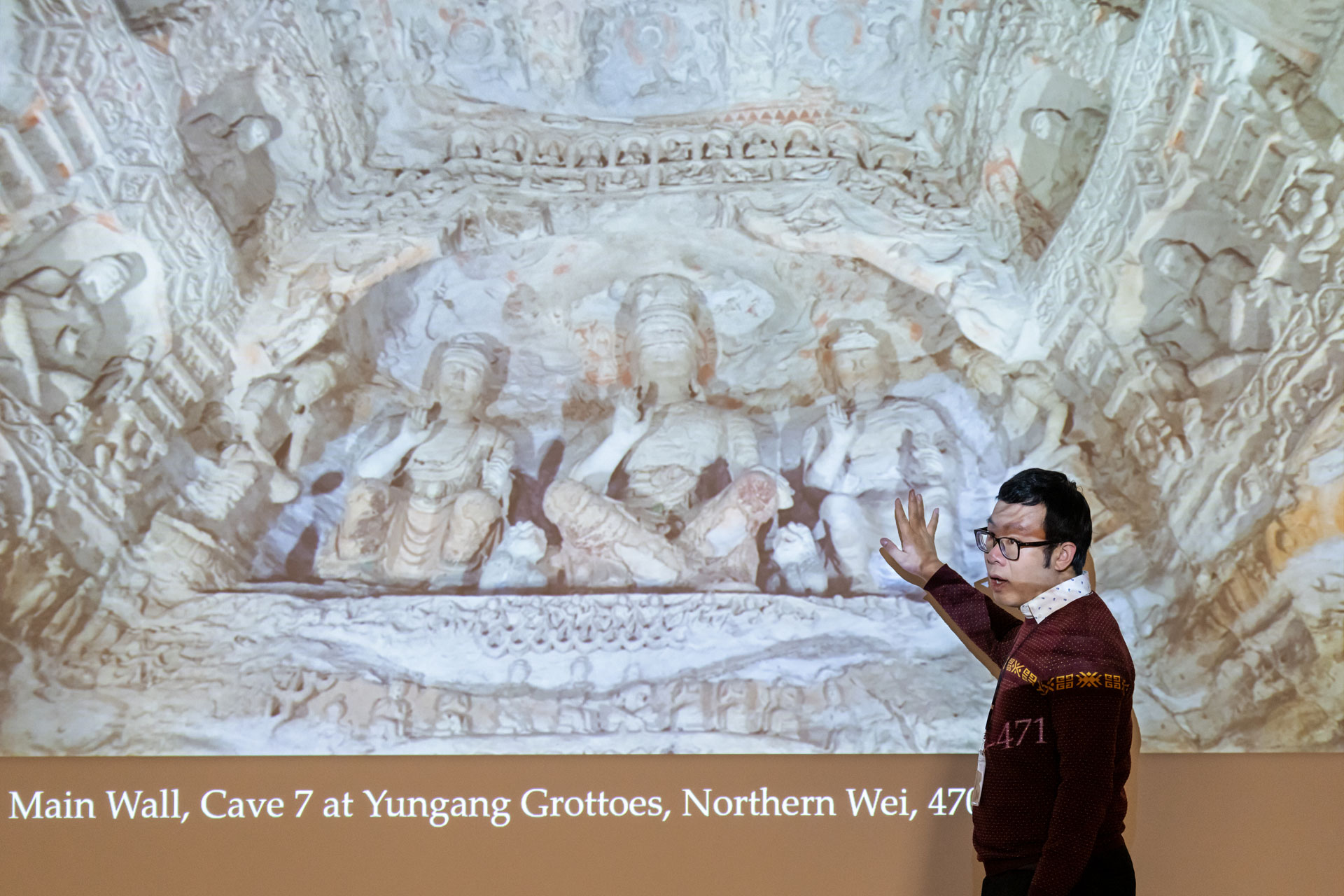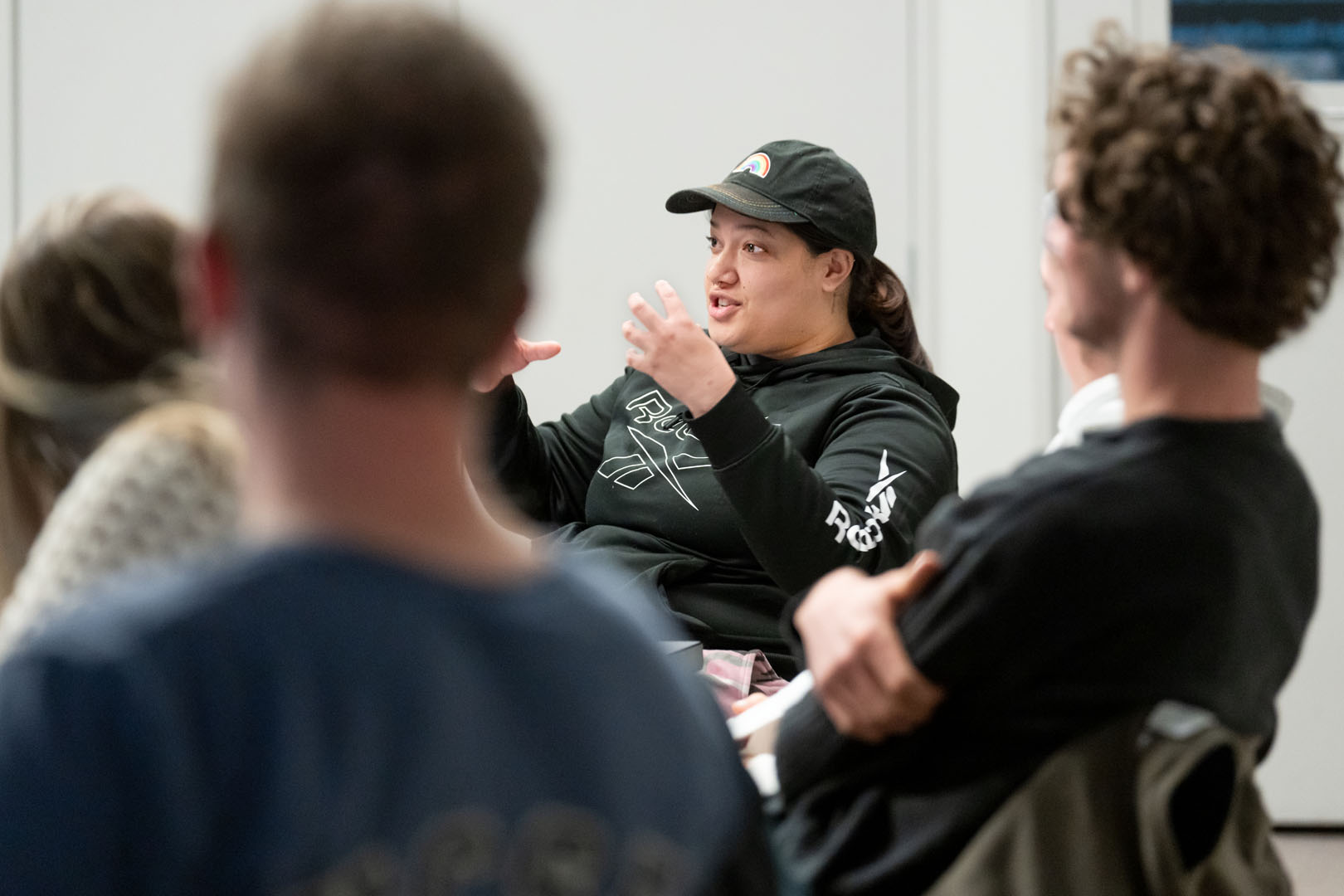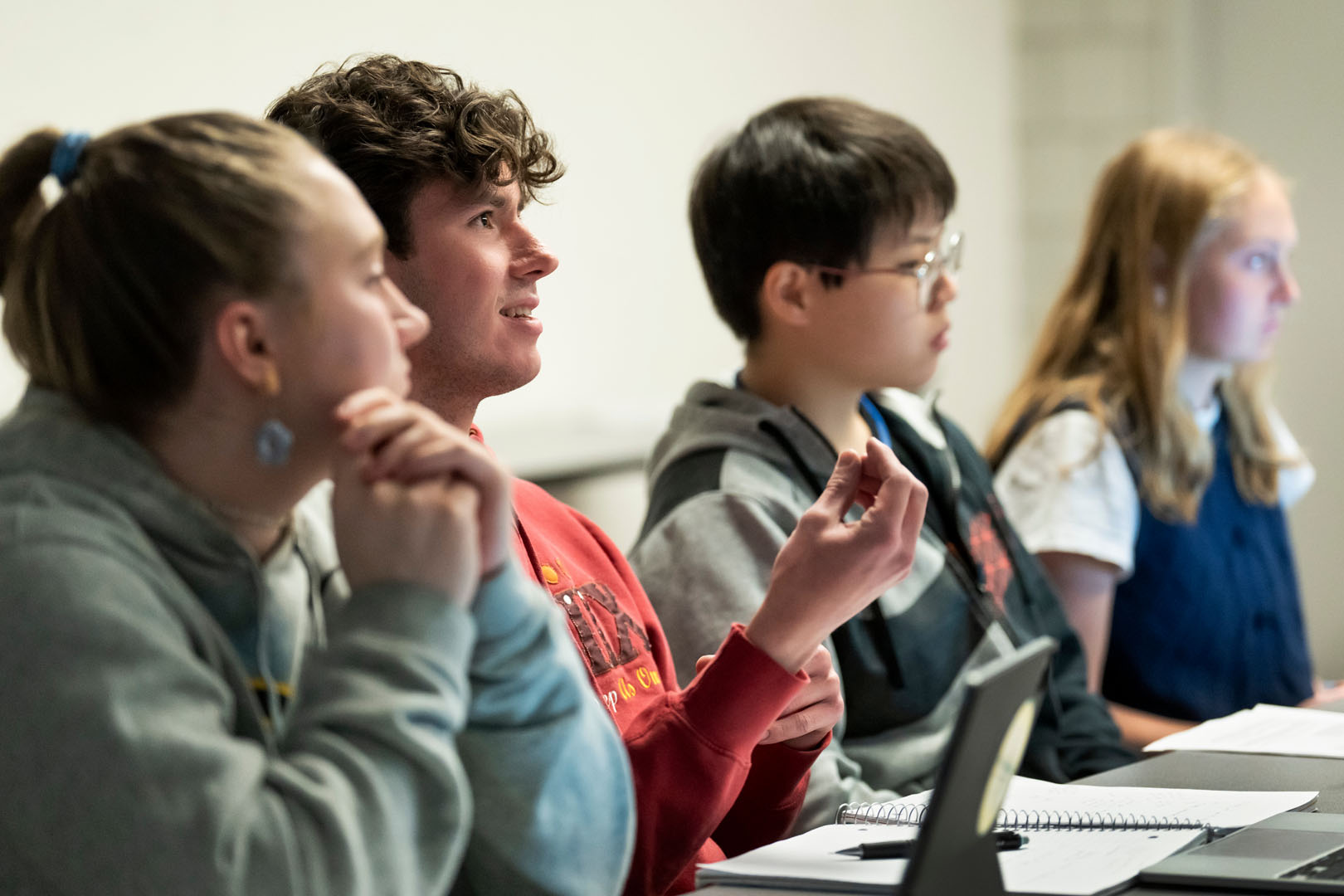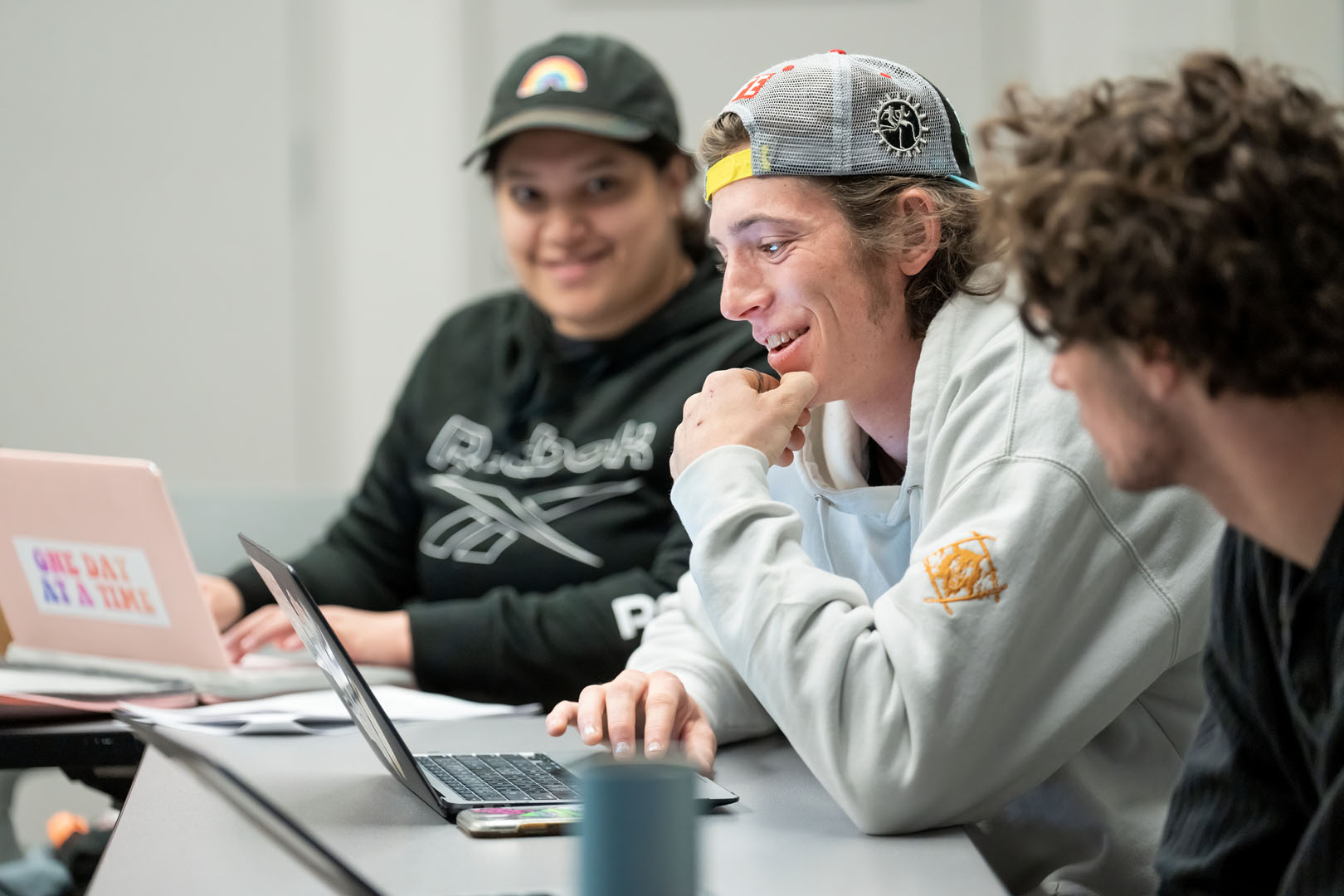Students enrolled in the Buddhist Art of East Asia Block 5 class learned how Western museums’ portrayal of Asian art, culture, and people can impact how people in the West view Asian cultures.
“I always think about the roles played by museums in shaping the public knowledge and perception of art throughout my teaching career. As a scholar teaching on a non-Western subject, the role played by museums become important: people’s understanding of the objects, as well as the people and culture who produced these objects, will be largely shaped by the presentation approaches of the museum, as they have limited channel to have a thorough and balanced understanding on the other side of the world: for a lot of people, the Asian world exist in TV news, movies, and museums, and they tend to believe whatever presented by museums are true and unbiased, which is often not true,” said Joey Zhao, a visiting faculty member in the Art Department who taught the class.
The class examined the curatorial and design approaches to displaying Asian art, both in the modern and contemporary era. Zhao assigned a museum curatorial project, which required students to choose a main gallery within a major museum that displays Buddhist art and criticize their approaches, and then re-plan the space based on the collection of the museum. Students then presented their project and explained their rationality behind their criticisms and replans for the museum’s collections.
Zhao had students read one academic article on a specific piece of art each day and take turns leading the class discussion, which lasted for about 45 minutes. “I conducted this course in a highly conversational way. I responded to the questions raised by student in class and sometimes we would deviate from my previous plan for a bit to explore the issues that intrigued the students,” said Zhao, who was trained as an archaeologist in China and dug imperial tombs during his internship in college.
Liam Gunsbury ’25 led a discussion on Buddhist art of Gupta, Tang, Unified Silla, and Nara.
“I think it was a very good experience to lead a discussion. It's a muscle that I rarely exercise, and it gives me respect for teachers who do it on a daily basis,” said Gunsbury, an economics major and art history minor.
Gunsbury took the class because he’s always been interested in art and said that art is a great way to gain a better understanding of life. One of his favorite parts of the course was when the class debated the meaning of bodhisattvas in the pensive pose, he said.
Zhao and some students mentioned that taking this class on the Block Plan has its positives and negatives. “On the Block Plan, it is a little bit repetitive. It is hard to see the difference in topic from day to day even though by the end of the class we are in a very different place than we were when we started,” Gunsbury said.
“Of course, teaching on the Block Plan has its pros and cons for teachers in every field. For me, having the students diving into the field of Buddhist art and imagining them touring around Asia within this month, without distraction, is actually a pretty nice thing,” Zhao said.
Zhao utilized several different learning formats throughout the block, including image-identifying and debating games, discussions, and projects, because he emphasized how difficult it is to retain large amounts of information during a three-hour lecture.
Going forward, Zhao said that he needs to work on reducing the total amount of information taught in the course, and instead focus more on deep diving into a few key pieces. He hopes that students leave the class understanding both museological theories on non-Western art, as well as concrete skills to do curatorial planning.







